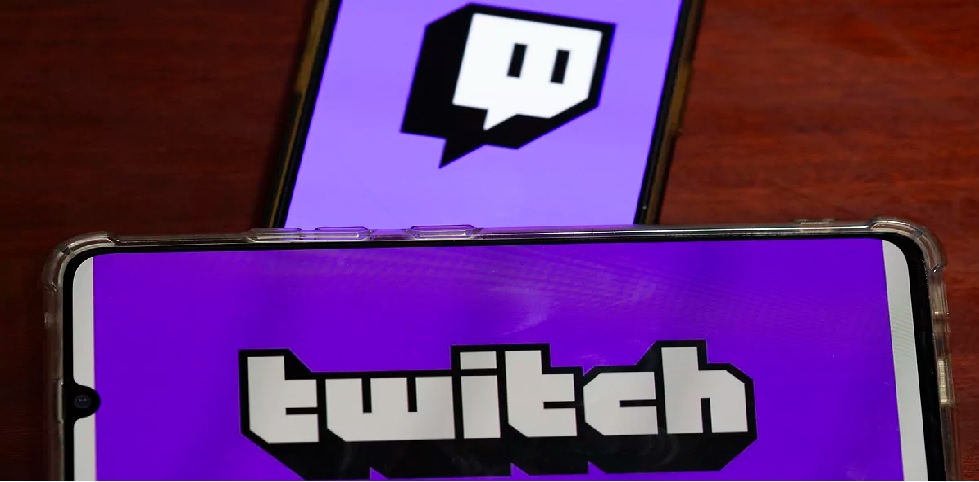Twitch, the streaming platform predominantly favored by video game enthusiasts, recently made headlines with its revised content policies. The allowance of “artistic nudity” sparked considerable debate but also significantly boosted the popularity of the Art category on the platform.
The Controversy and Immediate Popularity Boost
On December 13th, Twitch ignited controversy by announcing that artistic nudity would be permitted on the platform, a move responding to community feedback. This policy change proved to be a boon for the Art category, which saw an unusual surge in viewership.
Viewer Engagement Statistics: A Remarkable Increase
Following the content policy updates and the introduction of artistic nudity, the Art category experienced a notable rise in viewership. According to SullyGnome’s report, the category hit a peak of 13,000 viewers within the first 24 hours post-policy revision, and the numbers soared beyond 100,000 the following day.
Twitch’s Reversal and Its Aftermath
The influx of sexually suggestive content following the policy change led to substantial criticism from prominent content creators. This backlash prompted Twitch to retract its decision and apologize, subsequently re-banning “artistic nudity.”

The Decline in Viewer Numbers
Post-reversal, the Art category witnessed a dramatic drop in viewership, plummeting by approximately 90%. At the time of writing this article, the viewership has stabilized around 10,000, yet the category remains the most popular within the Creative section.
Balancing Act: Twitch’s Artistic Nudity Policy and Its Impact on Streaming Culture
Twitch’s experiment with artistic nudity policies underscores the delicate balance between creative expression and community standards. While the initial policy change catalyzed a surge in the Art category’s popularity, the subsequent reversal and viewer decline reflect the complexities of content moderation on streaming platforms.

